May 17, 2025 | 16:22 GMT +7
May 17, 2025 | 16:22 GMT +7
Hotline: 0913.378.918
May 17, 2025 | 16:22 GMT +7
Hotline: 0913.378.918
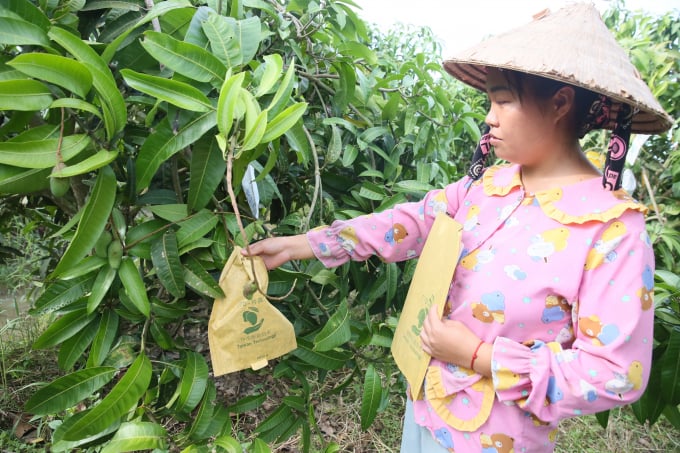
Taiwanese yellow mangoes have a price of about VND 45,000 per kilogram. Photo: Hong Thuy.
That is the model of growing Taiwanese mangoes and Thai jackfruits by Mrs. Luong Thi Mo, born in 1995, in Phu Duc commune, Tam Nong district, Dong Thap province. From this model, many households have followed and together get better off.
Mrs. Mo is originally from the Central region. In 18, Mrs. Mo went to Dong Nai province to work as a worker. After two years, she decided to return to her hometown with her husband to work in agriculture.
After returning to her hometown, with 1.3 hectares of land available, Mrs. Mo began to renovate to grow Thai jackfruits and Taiwanese mangoes. But because the soil was contaminated with alum, her family had to dig a ditch. Therefore, the total area of cultivated land is slightly reduced.
The rice field land in the Mekong Delta is mainly ancient alluvial soil, which needs to be improved to be suitable for Taiwanese mango trees. After improvement, the tree can grow better than planted in low-lying alluvial soil.

For Taiwanese mango trees, it is necessary to wait until the tree does not produce young leaves before spraying the flowering stimulant. Photo: Hong Thuy.
Two years after planting, the mango trees begin to bear fruit. Mrs. Mo cut off more than 50% of the fruit in the first crop, leaving only half. In the second year, Mrs. Mo pruned again, but less. Mrs. Mo harvested ten tonnes of mangoes and sold them for VND 20,000 per kilogram in that year.
"Taiwanese mangoes, if well cared for, will flower twice a year in April and November. Mangoes in November will have a higher price, but if not cared for well, mangoes will affect the health of the tree", said Mrs. Mo.
According to Mrs. Mo, although Taiwanese mangoes are easy to grow and bear fruit quickly, they are challenging to handle, especially with alluvial rice land like the Mekong Delta. Moreover, many times the plant grows well but does not bloom flowers. Therefore, it is essential to understand the 4-step process when growing mangoes. In which, the most crucial step is the last one, click for flowers.
"For Taiwanese mango trees, it is necessary to wait until the tree does not produce young leaves before spraying the flowering stimulant. If the tree produces young leaves and sprays flowers instead of flowers, the plant will produce young leaves. The more young leaves, the less flower will be," said Mrs. Mo.
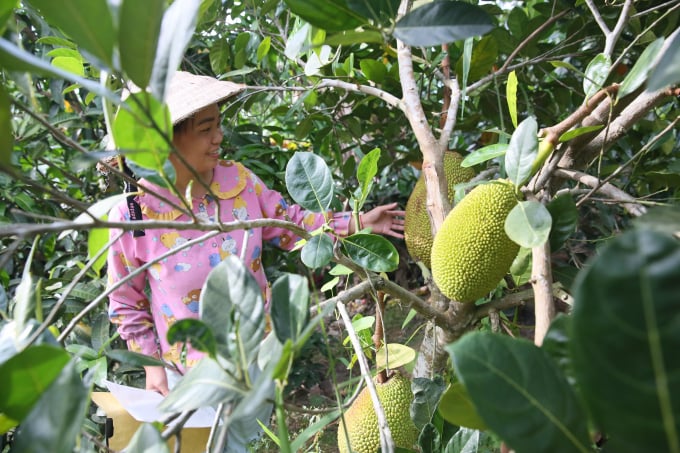
Thai jackfruits are easy-to-grow, easy-care, fast-harvesting plants with a high yield. Photo: Hong Thuy.
Although relatively young, having entered agriculture for a few years, Mrs. Mo has a lot of experience in tree planting and gardening techniques. She said: "I have a cousin who is an agricultural engineer in Dong Nai province. He specializes in advising people in the West on fruit growing techniques. Previously, he came here to guide people to grow Taiwanese mangoes. In addition, I also worked hard to learn more, and also gained a lot of experience in the process of planting and taking care of trees."
Talking about the reason for growing Taiwanese mangoes and not brand-name mangoes like Hoa Loc, Mrs. Mo said that Hoa Loc mangoes have high quality and high prices, but it takes at least five years to harvest, so a lot of capital is needed, challenging to store and transport. In addition, planting Hoa Loc mangoes have to follow the process strictly, have no stable output sources.
Meanwhile, Taiwanese mangoes are grown for two years, even 18 months, with a high yield. The skin of this mango variety is very thick, so it is easy to transport and preserve. It is an easy-to-grow, easy-care, fast-harvesting plant with a high yield, sweet and crunchy aroma for Thai jackfruits, so it's easy to sell. If compared with rice cultivation, the value is ten times higher.
In terms of output, traders come to buy mangoes and jackfruit, which are then exported.
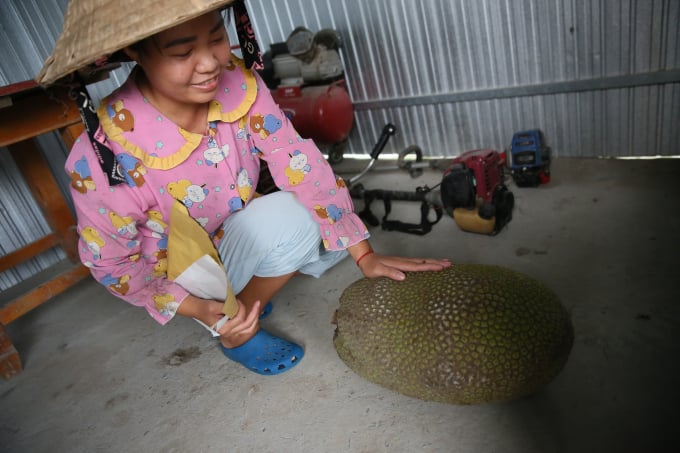
Thai jackfruit weighs more than 20 kilograms just picked from the tree. Photo: Hong Thuy.
Mrs. Mo said that a few months ago, due to the impact of the Covid-19 epidemic, social distancing, mango and jackfruit prices dropped dramatically, only VND 3-4 thousand per kilogram, and no traders came to buy. Currently, the yellow mango price has increased to VND 45,000 per kilogram. The green mango price is half cheaper than yellow mango. Thai jackfruits' highest price is about VND 35,000 per kilogram, depending on the type.
According to a report of the People's Committee of Dong Thap province, in the 2017- 2020 period, the total area of crop restructuring on rice land in the province is nearly 25,000 hectares. Converting from rice land to growing perennial crops is almost 7,557 hectares, mainly mango, orange, mandarin, jackfruit, lemon, longan.
Switching to fruit trees brings profit increased 3-8 times compared to rice. The 2021-2025 period is expected to change the structure of crops grown on rice land across the province at 27,274 hectares. Particularly, 14,712 hectares are for growing annual crops; 10,051 hectares of perennial crops; rice cultivation combined with aquaculture is 2,511 hectares. The projected area for crop restructuring on rice-growing land by 2030 is 29,716 hectares.
Translated by Ha Phuc
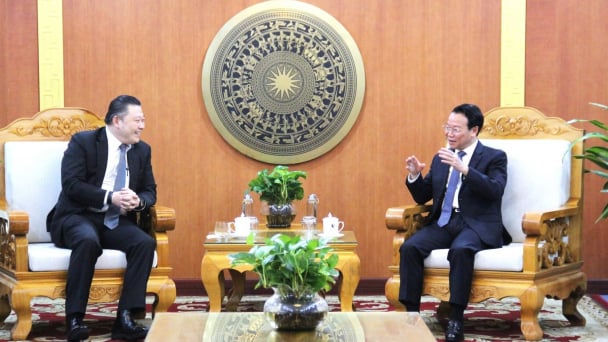
(VAN) Minister of Agriculture and Environment Do Duc Duy held a meeting with Soopakij Chearavanont, Chairman of C.P. Group, on May 15.
/2025/05/16/3800-0-nongnghiep-143756.jpg)
(VAN) Suntory PepsiCo Vietnam coordinated with the Ministry of Education and Training to implement an education program on water conservation, reaching nearly 1 million primary school students nationwide.
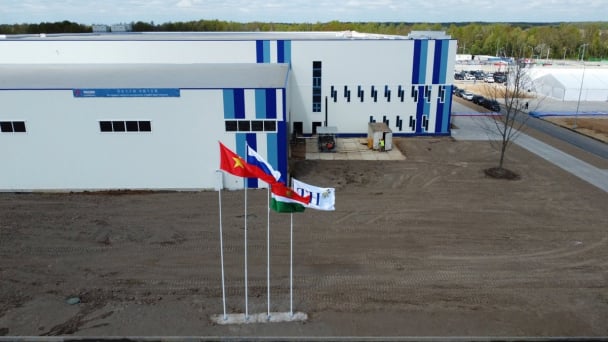
(VAN) Vietnam’s TH Group officially put its high-tech fresh milk processing plant into operation in the Russian Federation, marking a historic moment as the first TH true MILK cartons were produced in Russia.
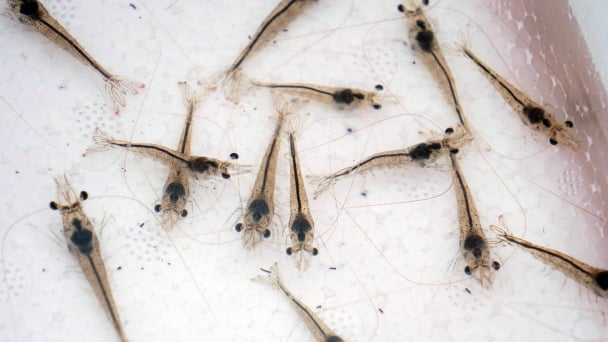
(VAN) Use of high-quality broodstock and biotechnology is regarded as the most effective approach to ensuring sustainable and economically viable shrimp aquaculture ahead of climate change and the emergence of increasingly intricate disease patterns.
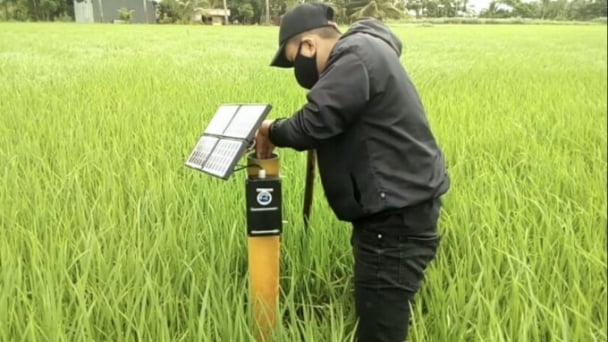
(VAN) Carbon farming is a form of agricultural practices that helps absorb more greenhouse gases than it emits, through smart management of soil, crops, and livestock.
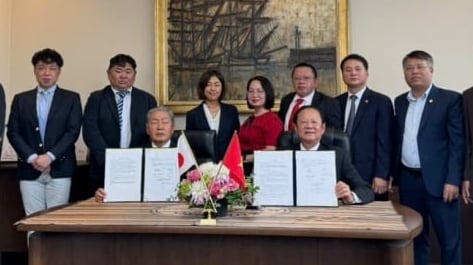
(VAN) This is a key content of the Memorandum of Understanding recently signed between the Vietnam Fisheries Society and Kunihiro Inc of Japan.
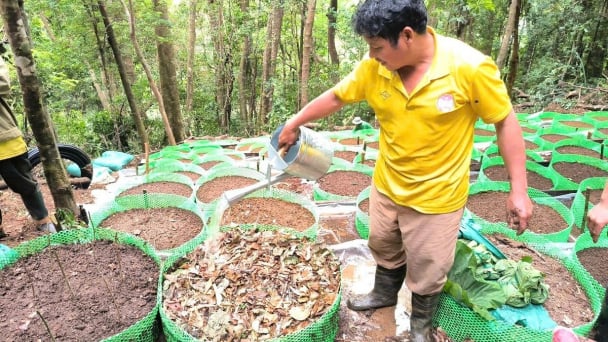
(VAN) To achieve the goal, local authorities and businesses in Kon Tum province have fully prepared the necessary conditions for the new Ngoc Linh ginseng planting season.